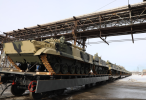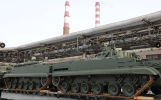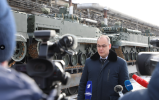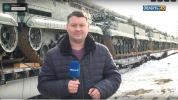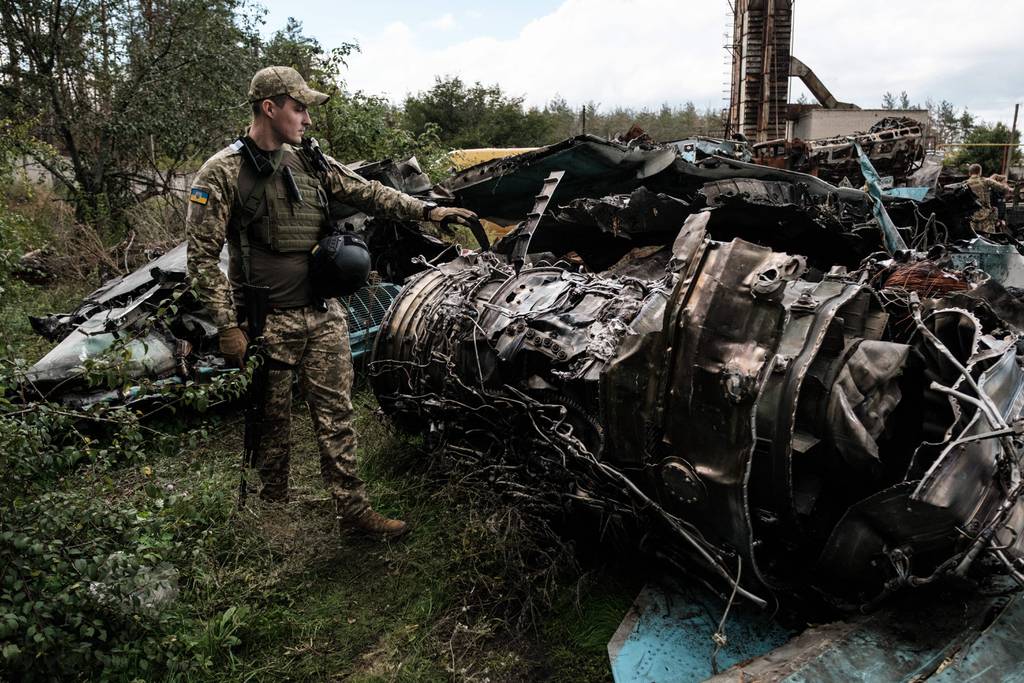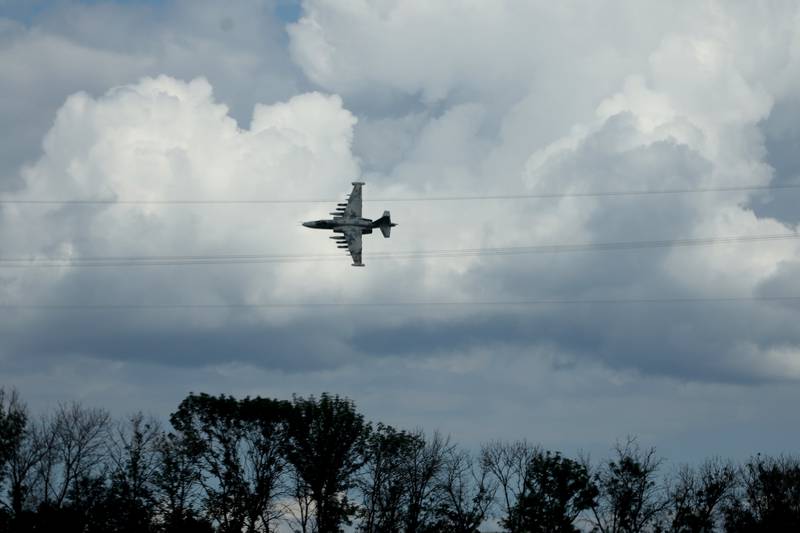Antares
Respected Leader
JR2 kirjoittanut ketjun ryssän helikopterien uustuotannosta. Ei tietoa, miten luotettavia nämä numerot ovat mutta toisaalta en muista nähneeni helikopterien tuotantomäärien arvioita kovin usein joten sinänsä mielenkiintoisia:
Some additional data on Ka-52 and helicopter production in Russia
Basic infos on Ka-52 are here:
https://ru.wikipedia.org/wiki/Ка-52#Операторы
- a production cycle of a single Ka-52 was 9 months in 2012
- helicopters production in Russia in 2021: total 190 (50 for Russian state institutions, 55 for foreign buyers, 85 for Russian non-military market
- helicopters production in Russia in 2020: total: 170, 95 were military
- helicopters production (plans) in Russia in 2022: total 311
1. Progress (Russian Ka-52 helicopter production plant): 20, but other publication bragging it was doubled (presumably to 40)
2. Kumertau HPP (Russian Ka-27/28/31/32): 10
- Rostov HPP (Russian Mi-26/28/35): 60
3. Kazan HPP (Russian Mi-17/172): 111
4. Ulan-Ude HPP (Russian Mi-8/171, Ka-226): 110
Russian army aviation received or planned to receive:
- 2021: 12 Mi-35M & 3 Mi-28NM
- 2021: 12 Ka-52M
- 2022 (plan): 20 Ka-52M
- 2018-2027: plan to buy 114 Ka-52M (average 12/year)
Kumertau HPP:
- 2020 (plan) 20 Ка-32/226, upgrade 20 Ka-27М
- 2022 (plan) 10 Ka-32
Kazan HPP:
- 2022 (plan) 58 Mi-17; 41 Ansat, 12 Mi-38, could produce 16-21 Mi-8 a year
- in 2021: 3 Mi-38T delivered to Russian army aviation
Plans for helicopter production in Russia in 2023:
- 25 Ka-52M
- 25 Mi-28NM
- 25 Mi-35М
- 25 Mi-8AMTSh
- 25 Mi-8AMT
Some additional data on Ka-52 and helicopter production in Russia
Basic infos on Ka-52 are here:
https://ru.wikipedia.org/wiki/Ка-52#Операторы
- a production cycle of a single Ka-52 was 9 months in 2012
- helicopters production in Russia in 2021: total 190 (50 for Russian state institutions, 55 for foreign buyers, 85 for Russian non-military market
- helicopters production in Russia in 2020: total: 170, 95 were military
- helicopters production (plans) in Russia in 2022: total 311
1. Progress (Russian Ka-52 helicopter production plant): 20, but other publication bragging it was doubled (presumably to 40)
2. Kumertau HPP (Russian Ka-27/28/31/32): 10
- Rostov HPP (Russian Mi-26/28/35): 60
3. Kazan HPP (Russian Mi-17/172): 111
4. Ulan-Ude HPP (Russian Mi-8/171, Ka-226): 110
Russian army aviation received or planned to receive:
- 2021: 12 Mi-35M & 3 Mi-28NM
- 2021: 12 Ka-52M
- 2022 (plan): 20 Ka-52M
- 2018-2027: plan to buy 114 Ka-52M (average 12/year)
Kumertau HPP:
- 2020 (plan) 20 Ка-32/226, upgrade 20 Ka-27М
- 2022 (plan) 10 Ka-32
Kazan HPP:
- 2022 (plan) 58 Mi-17; 41 Ansat, 12 Mi-38, could produce 16-21 Mi-8 a year
- in 2021: 3 Mi-38T delivered to Russian army aviation
Plans for helicopter production in Russia in 2023:
- 25 Ka-52M
- 25 Mi-28NM
- 25 Mi-35М
- 25 Mi-8AMTSh
- 25 Mi-8AMT

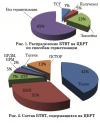
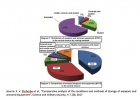


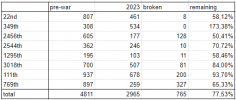

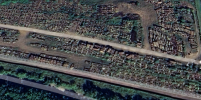
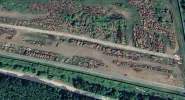


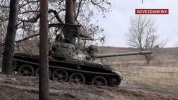

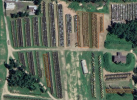
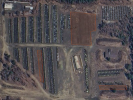
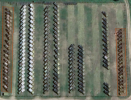

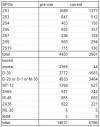
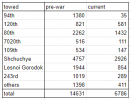
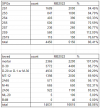
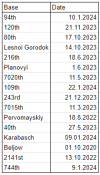



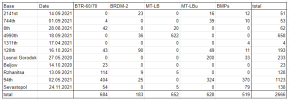
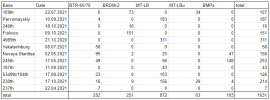


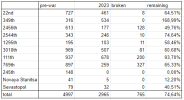

 The number of infantry fighting vehicles delivered to the Russian Ministry of Defense since the beginning of this year is one and a half times greater than the volumes of the same period last year.
The number of infantry fighting vehicles delivered to the Russian Ministry of Defense since the beginning of this year is one and a half times greater than the volumes of the same period last year. Each copy is equipped with anti-cumulative grilles and armored screens. Also, these additional protection kits are supplied to the customer as separate products for installation on vehicles already in service with the troops.
Each copy is equipped with anti-cumulative grilles and armored screens. Also, these additional protection kits are supplied to the customer as separate products for installation on vehicles already in service with the troops. “Kurganmashzavod demonstrates an outstanding pace of work. The company supplies the troops with in-demand combat vehicles in a timely manner and in full. This year, the plant has already delivered the first batch of BMP-3 to the customer,” commented the Rostec State Corporation.
“Kurganmashzavod demonstrates an outstanding pace of work. The company supplies the troops with in-demand combat vehicles in a timely manner and in full. This year, the plant has already delivered the first batch of BMP-3 to the customer,” commented the Rostec State Corporation.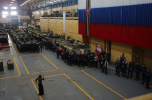
 All shipped vehicles passed test firing tests and were accepted by the military representative office, which carries out quality control and acceptance of products on the territory of Kurganmashzavod. The standard equipment of each BMP-3 includes a set of additional protection - armor screens and anti-cumulative grilles.
All shipped vehicles passed test firing tests and were accepted by the military representative office, which carries out quality control and acceptance of products on the territory of Kurganmashzavod. The standard equipment of each BMP-3 includes a set of additional protection - armor screens and anti-cumulative grilles.